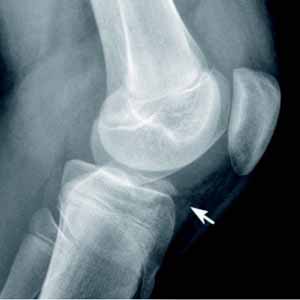Arthroscopic treatment of tibial intercondylar eminence fractures in skeletally immature patients with bioabsorbable nails

Published: 28 October 2022
Abstract Views: 562
PDF: 352
Publisher's note
All claims expressed in this article are solely those of the authors and do not necessarily represent those of their affiliated organizations, or those of the publisher, the editors and the reviewers. Any product that may be evaluated in this article or claim that may be made by its manufacturer is not guaranteed or endorsed by the publisher.
All claims expressed in this article are solely those of the authors and do not necessarily represent those of their affiliated organizations, or those of the publisher, the editors and the reviewers. Any product that may be evaluated in this article or claim that may be made by its manufacturer is not guaranteed or endorsed by the publisher.
Similar Articles
- Sara Ugolini, Lorenzo Tofani, Elisa Zolpi, Louise Montalva, Cosimo Lotti, Antonino Morabito, Fabio Chiarenza, Arnaud Bonnard, Morbidity related to major lung thoracoscopic resections in children , La Pediatria Medica e Chirurgica: Vol. 46 No. 2 (2024)
You may also start an advanced similarity search for this article.

 https://doi.org/10.4081/pmc.2022.299
https://doi.org/10.4081/pmc.2022.299




